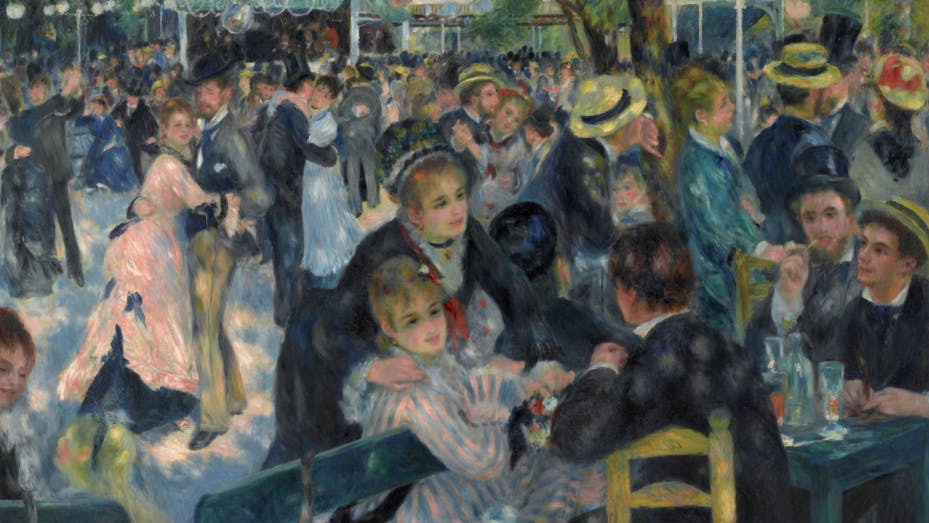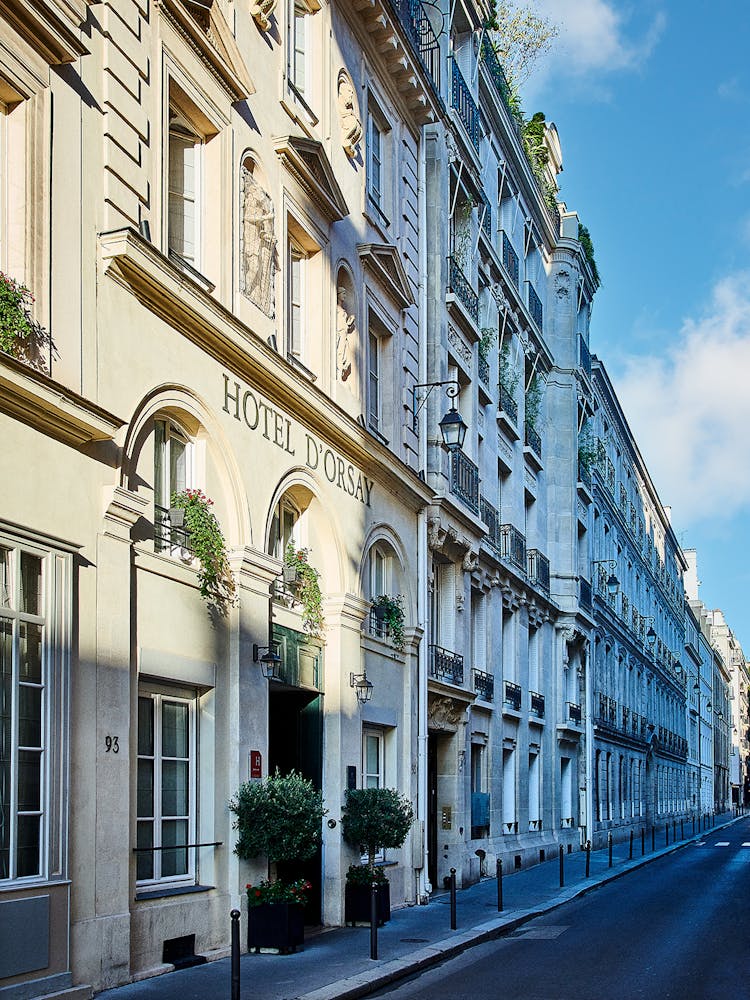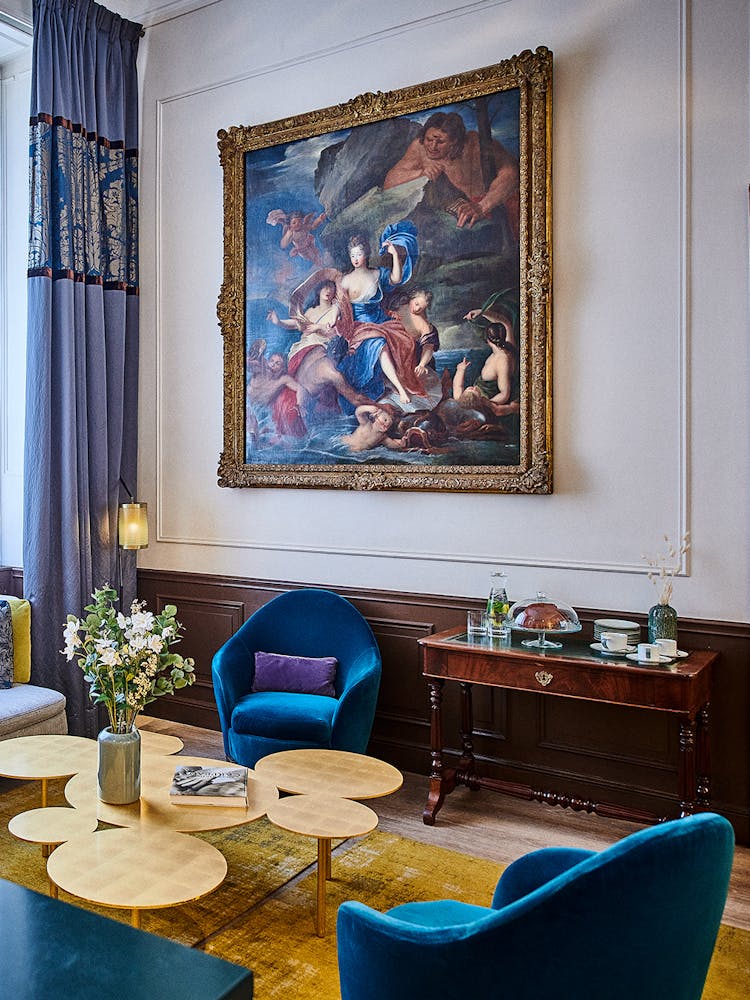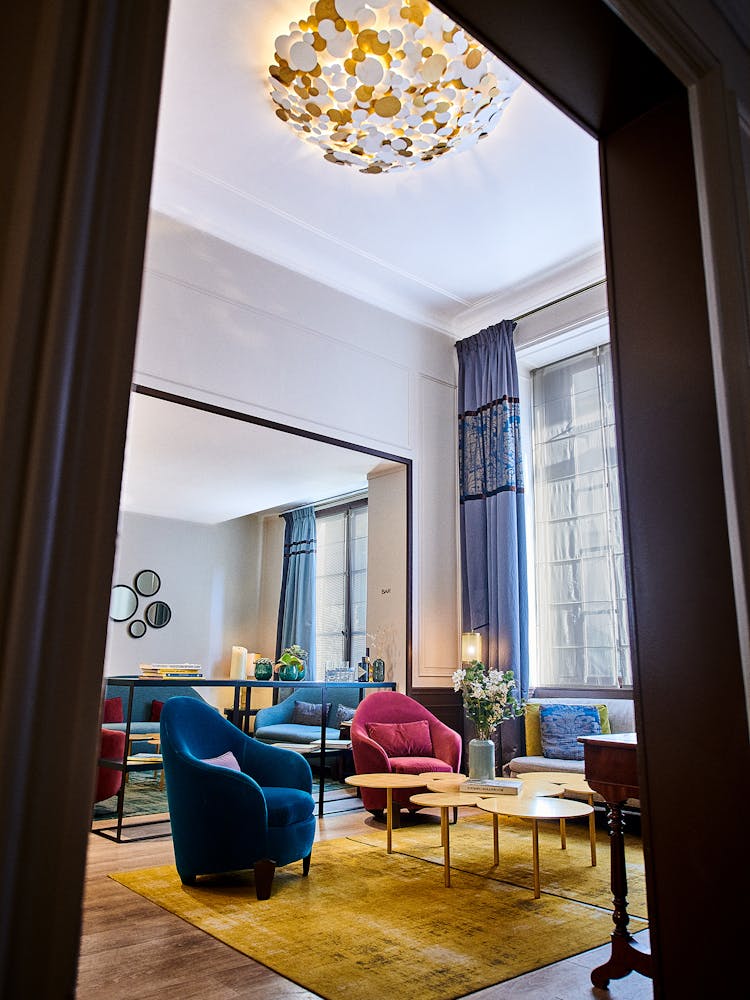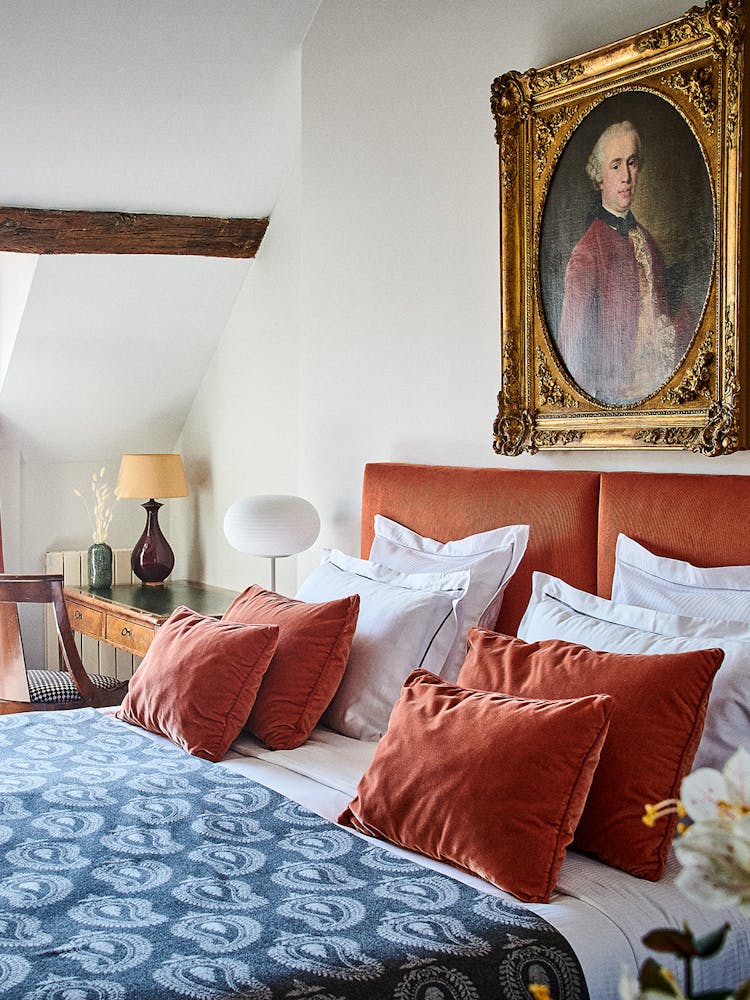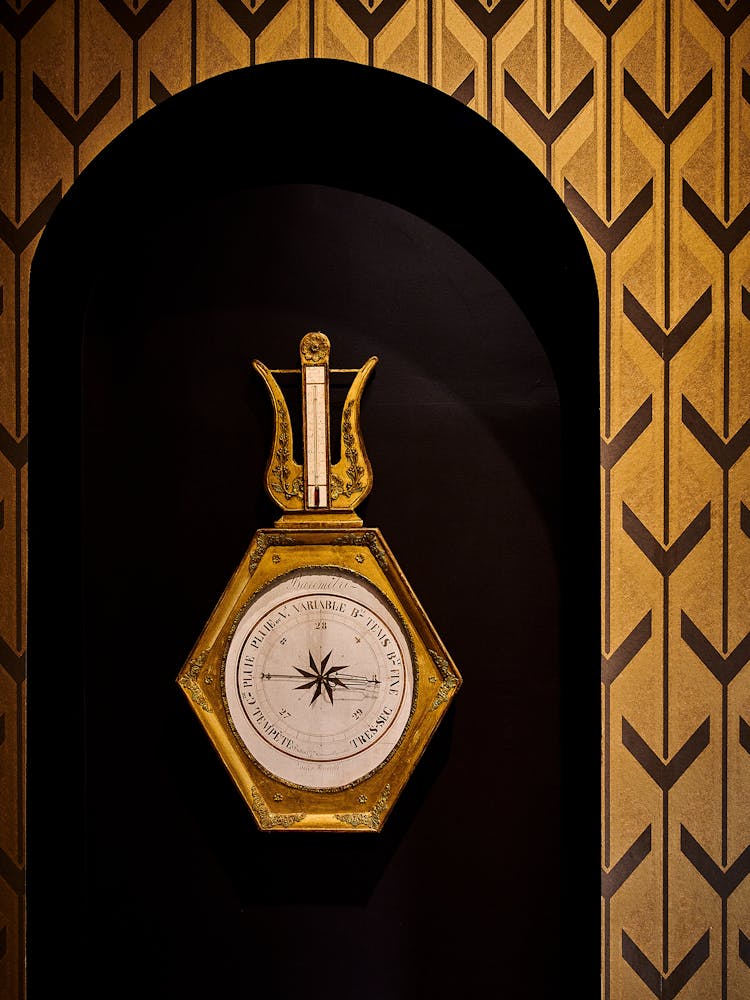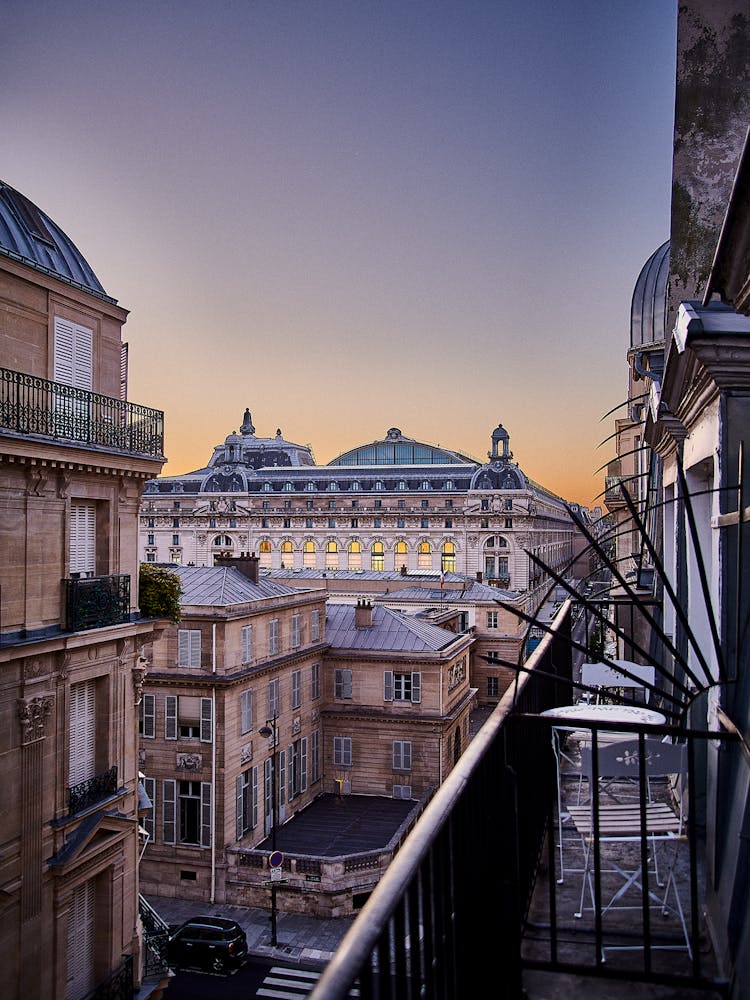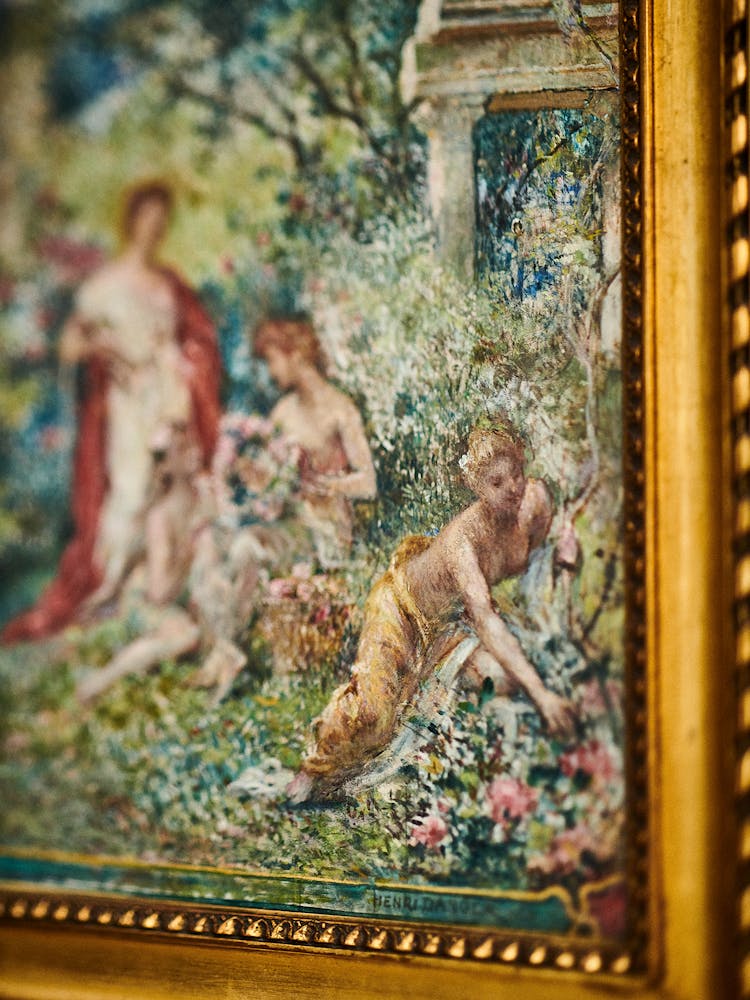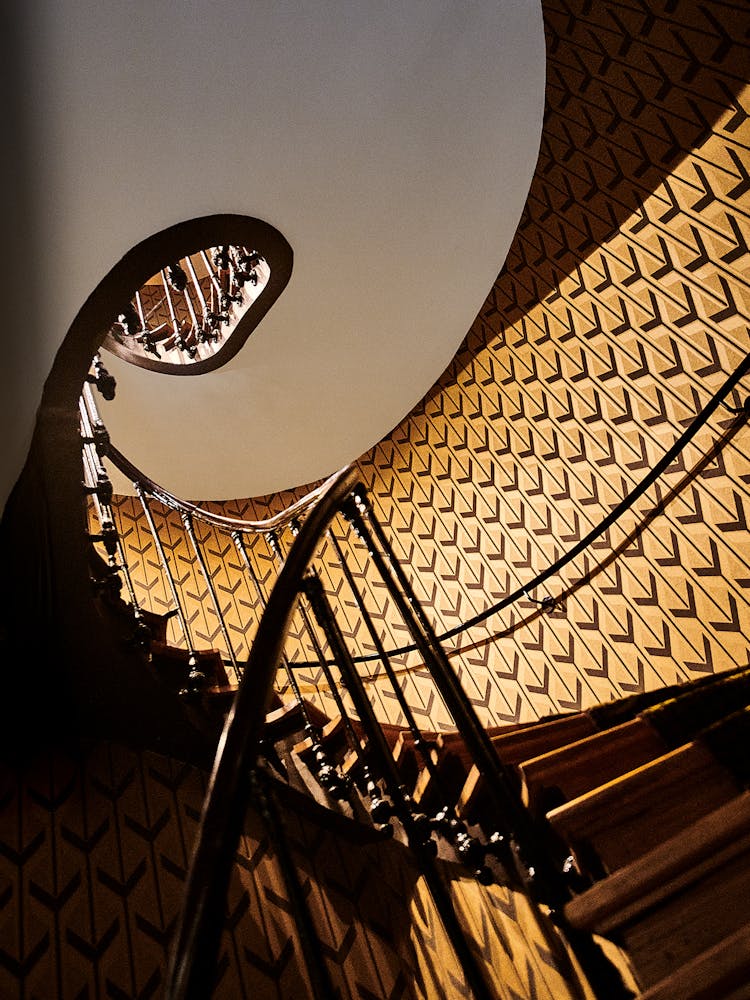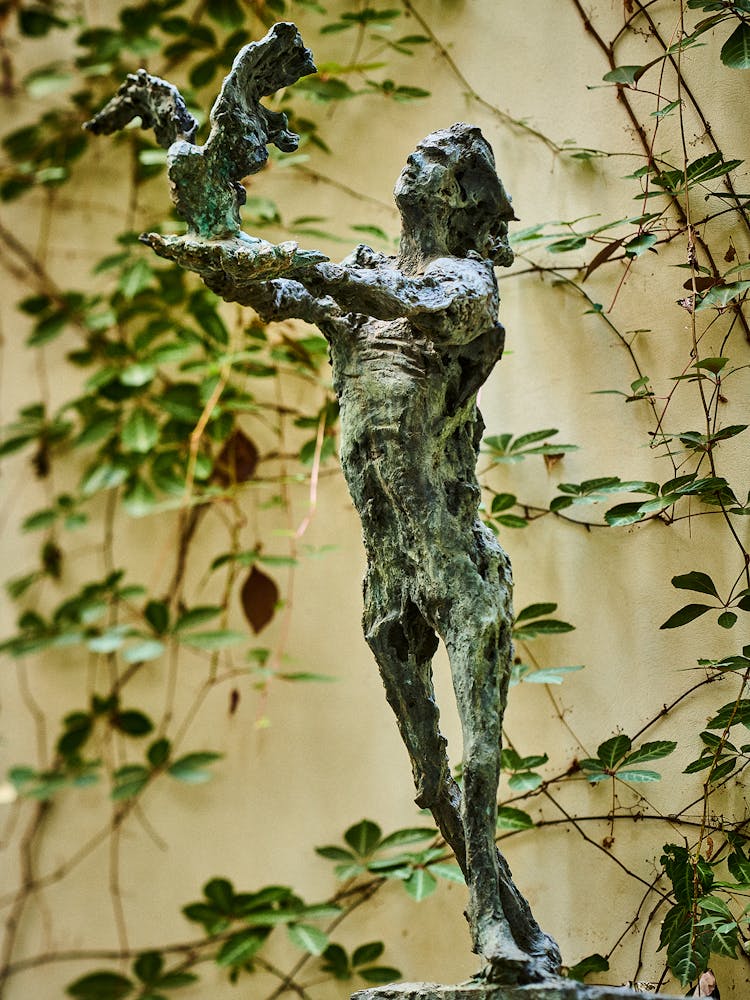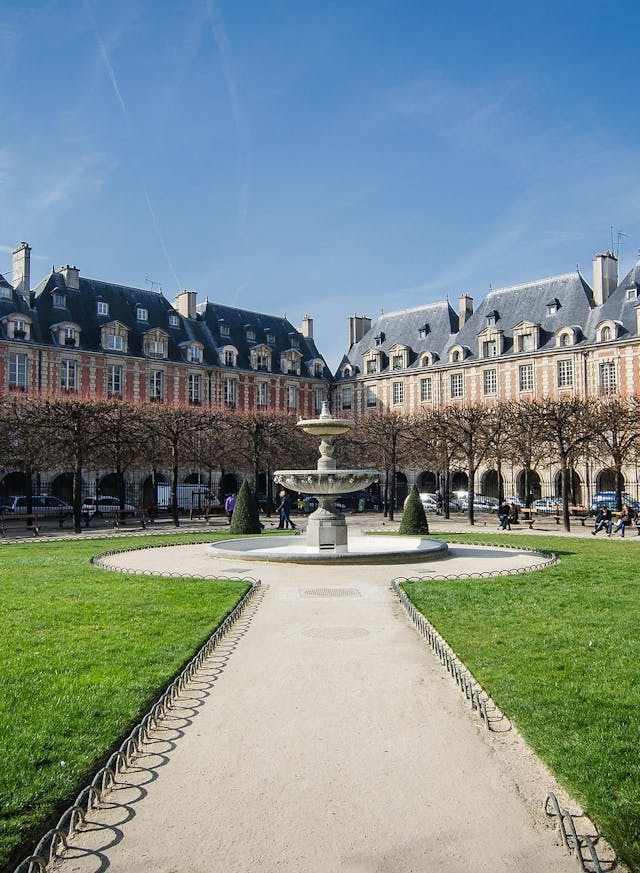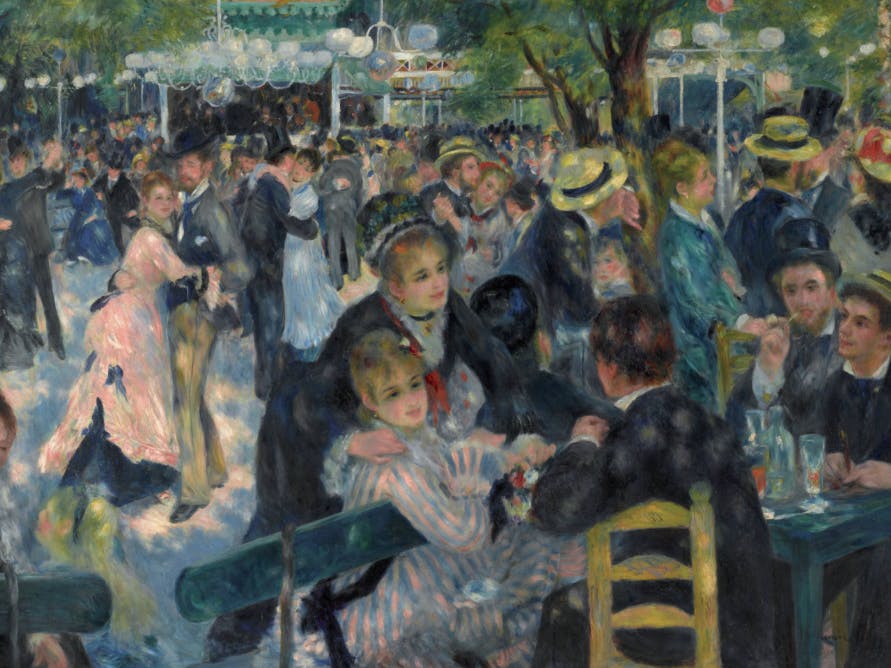
Art
The Art of Making the Right Impression
Exactly 150 years ago, few days before the official Salon hosted by the Académie des Beaux-Arts, something happened that no one ever imagined would become a milestone in art history.
"Manifestos for modernity and freedom"
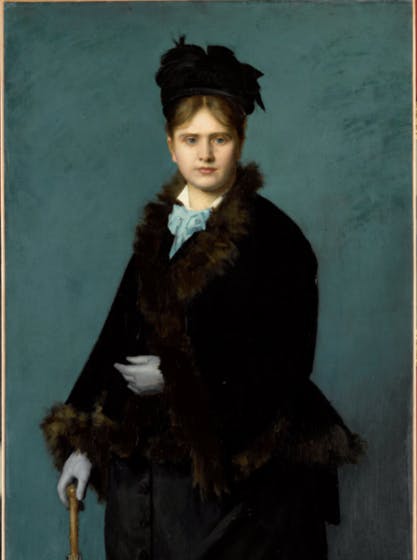
April 15, 1874. At 35 Boulevard des Capucines, in the long line of salons on the top floors of the photographer Nadar's former studio. Degas' Dancers were displayed alongside Paul Cézanne's Modern Olympia, Berthe Morisot's Hide-andSeek, Auguste Renoir's Parisienne, and Eugène Boudin's Study of the Sky. All of these paintings, now considered masterpieces in their own right, boldly stood as manifestos for modernity and freedom, and an attack against over academic art. In a word, they were scandalous.

The critics were brutal, condemning a "senseless mess", "nonsense", "an abnegation of the most elementary rules of drawing" Proof - if proof were needed - of the revolutionary dimension of the new artistic offering put forward by a generation of avant-garde painters.
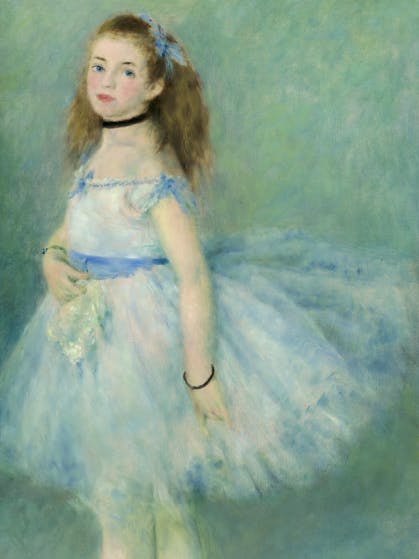
While very different individually, the members of this collective were drive by a shared desire to break from the aesthetic constraints of their time ; to let in natural light, to step out of their studios, to abandon all mythological or historical subjects in favor of landscapes, crowds, and the rawness of scenes from everyday life. One of the most contemptuous critics, a journalist, was inspired by one of the paintings to nickname the 30 or so painters "Impressionists." The work in question was Claude Monet's Impression, Rising Sun. History, its seems, has quite the sens of humor. However, at the time, the response to this first independent salon was lukewarm. Not a single painting was sold.
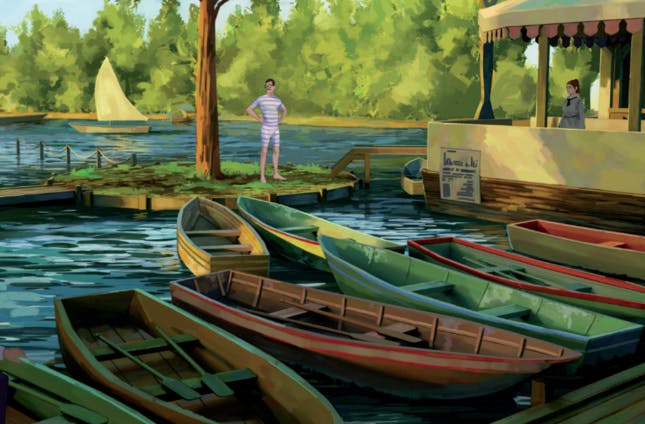
Nevertheless, the 1874 exhibition heralded a new creative direction that was pursued by its leading figures until 1886. This was then appropriated in different shades by subsequent generations of artists, from Van Gogh to Bonnard, known as the post- , neo-, and para- impressionists. More than a movement in the strict sens of the term, Impressionism was first and foremost a mindset, an attitude, and, in some ways, the gateway to modern art.
Invitation:
- Musée Marmottan Monet
Discover the world's largest collection of works by Claude Monet and Berthe Morisot, as well as masterpieces by the greatest figures of the Impressionist movement. - Documentary: "1874, The Birth of Impressionism"
Directed by Hugues Nancy and Julien Johan, this documentary delves into the emergence of the Impressionist movement.
Published on 27/08/2024
Staying near the Musée d'Orsay
Signature hotel
Hôtel d'Orsay
Components.establishmentBlock.pricingStart €159 Components.establishmentBlock.pricingEnd
Components.establishmentBlock.details
